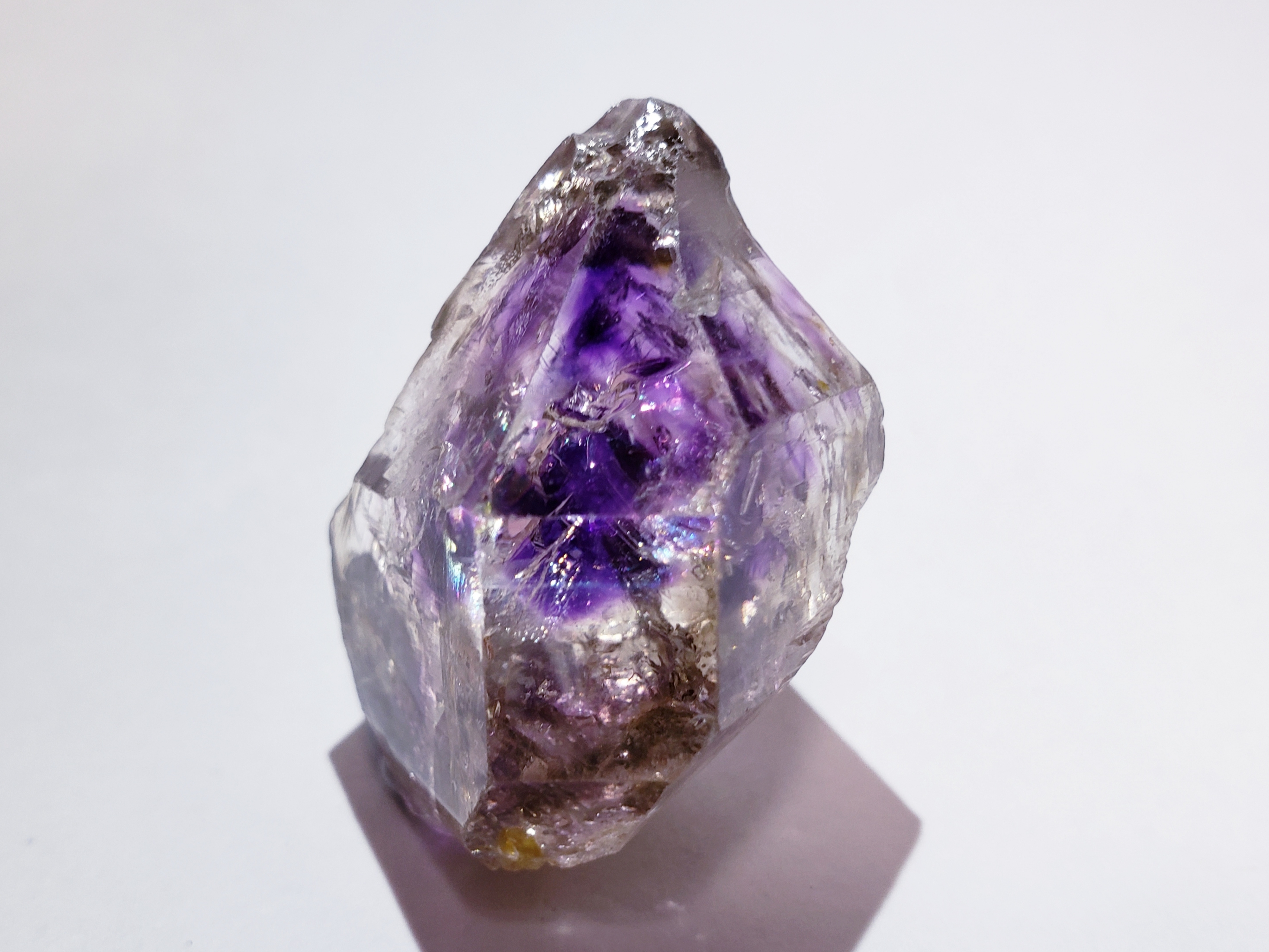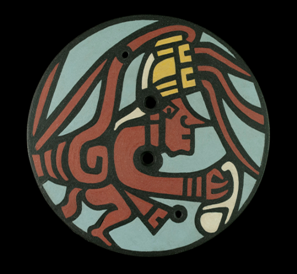Pyrite and Chalcopyrite, The Fool’s Gold!!
- Cassy Chan

- Feb 28, 2020
- 3 min read
Updated: Apr 1, 2020
“Mirror, mirror, who’s the fairest of them all?” I am sure you’ve heard the story but how does it relate to Pyrite? The answer is the Iron Pyrite-encrusted mirrors unearthed during the 1930s and 1960s excavations in Arizona. They were found in association with the mortuary remains crafted in distinctly Mesoamerican styles, date from around 2nd millennium BC. The below are reproductions of the front and back of a Pyrite mirror found in that site (Arizona Museum of Natural History):
Pyrite mirrors in the Mesoamericans culture were mainly used for divination, the practice to seek knowledge of the future by supernatural means. So how about now? What do we use Pyrite for? Scientifically, Pyrite is used to produce sulfur dioxide in the paper manufacturing industry but if you believe in the power of crystal healing you should know that Pyrite is a strong protective stone which shields the user from negative energy and vibrations of all kinds.
Pyrite is called The Fool’s Gold because of its pronounced shininess with a beautiful metallic brass gold color. Its name is derived from the Greek word “pyr” representing fire since Pyrite can create sparks when it hits another mineral or metal. When I was little, I always find it difficult to differentiate between Pyrite and Chalcopyrite. Am sure you might have the same problem as I had, so am giving you some advices on how to identify these two minerals.
“Cassy, just look at their colors! Pyrite has a pale brass yellowish color with a metallic luster while Chalcopyrite is brassy to golden yellowish in color.” said by my father. I rolled my eyes, looked at the specimens in front of me over and over again, and gave him a face of doubt….lol :-P
For the record, I wasn’t and am still not color blind hehe. To the untrained eye, it’s quite uneasy to tell the difference by color. Can you tell from the photos below whether they are Pyrite and/or Chalcopyrite? Try not to look at the answers first!

Chalcopyrite and Calcite

Chalcopyrite and Calcite

Pyrite and Pyrite on Calcite

Chalcopyrite on Pyrite with Galena, Dolomite and Hematite Included Quartz

Pyrite, Galena and Dolomite

Pyrite and Green Quartz

Pyrite on Dolomite with Fluorite and Quartz

Iridescent Chalcopyrite on Dogtooth Calcite

Iridescent Chalcopyrite on Calcite

Pyrite and Quartz
So, how many did you get right? If you’ve got more than 80% correct then congratulations, YOU ARE A PRO!!
At first glance, Pyrite and Chalcopyrite are similar in terms of color and shininess. However, they can be distinguished by their shapes and crystal habits. Pyrite is a hard mineral with Mohs hardness of 6 to 6.5. Its crystal system is isometric with larger crystal occurs in extremely well-crystallized shape of cubes, octahedrons and pyritohedrons (dodecahedral). The smaller Pyrite crystal aggregates usually display a stunning glistening effect in light which occur grainy, encrusting and fibrous. The most distinctive characteristic of Pyrite crystals is its striated faces.
Chalcopyrite is a relatively soft mineral, the hardness varies between 3.5 and 4 on the Mohs scale. Chalcopyrite crystallizes in the tetragonal system and often occur as groups of small, distorted crystals in a globular or botryoidal shape. It can be distinguished from Pyrite due to its iridescent tarnish appearance and a greenish black streak in its finely powdered form. They are often scattered in clusters or powder over the surface of a host crystal like Calcite and Fluorite, see the below two gorgeous specimens :D

Chalcopyrite on Fluorite and Calcite

Chalcopyrite on Calcite
Surprise, surprise! I’ve recently brought back 6 extremely shinny pieces of Pyrite cluster from this beautiful place in Austria, which will be listed on my site gradually…..


























Comments